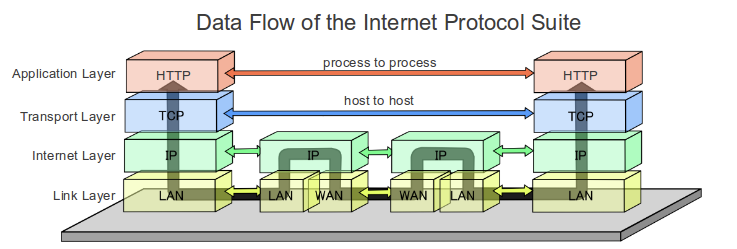- Bitcoin's price will double every year
- Transaction fees will make up for lost revenue
bitinfocharts.com/comparison/tra…
While Bitcoin's hashpower steadily increases, transaction fees are extremely volatile
- Bitcoin will transition to the much cheaper POS, in order to try and maintain its 21M supply cap.
- Bitcoin will stick with POW but raise its cap in order to sustain the heavy cost of POW.






